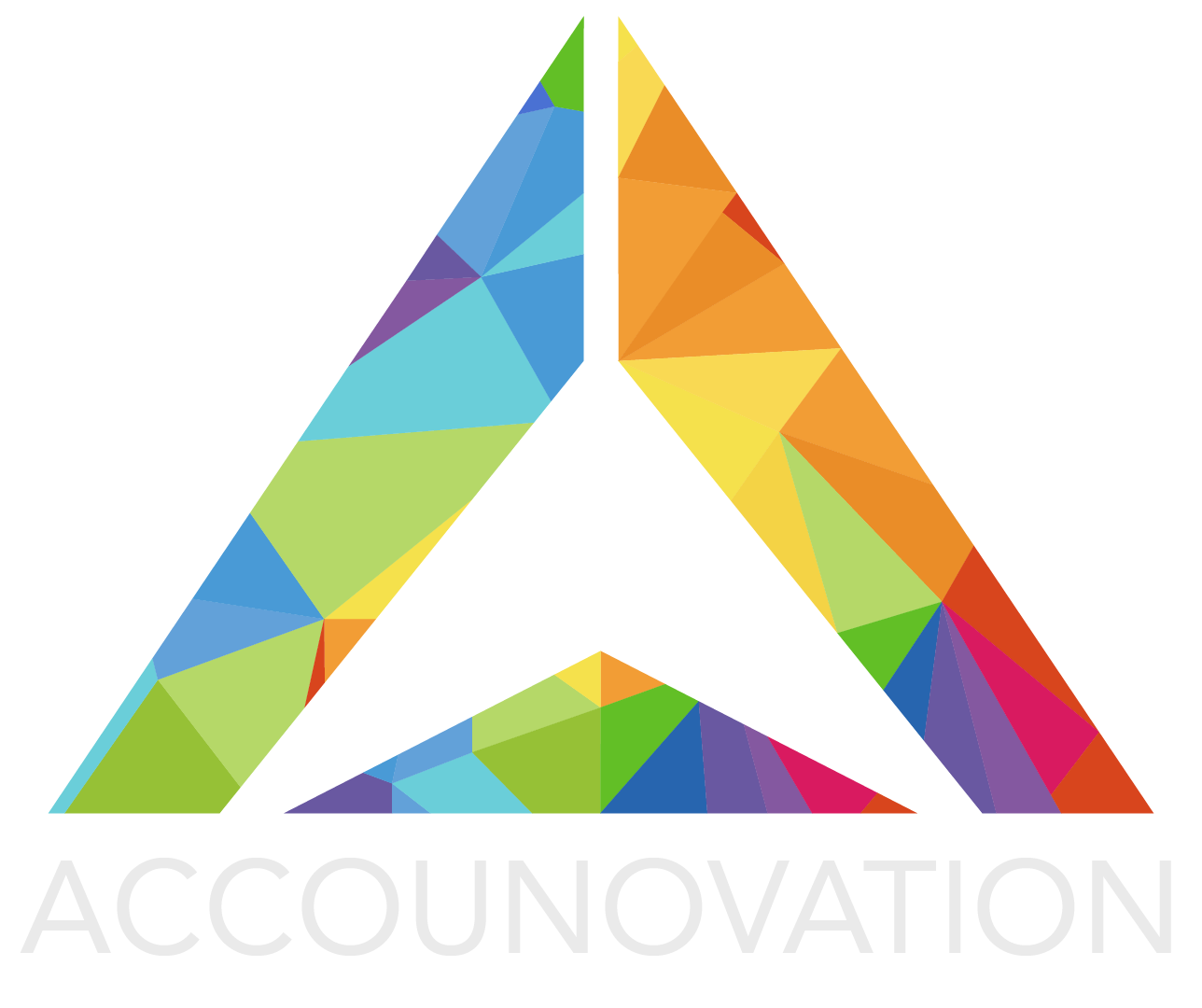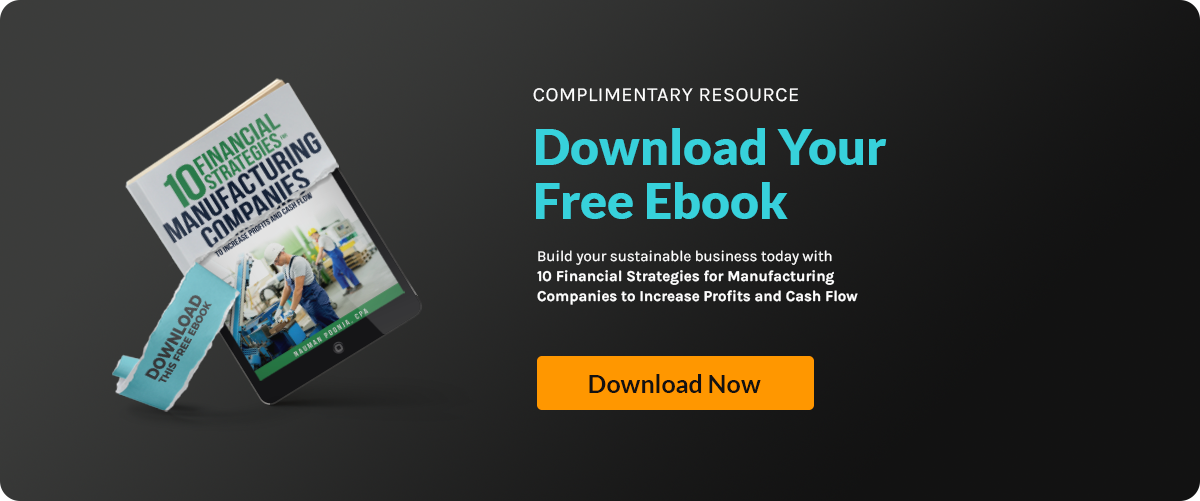The Complete Guide to PPP Loan Forgiveness: Part One The Paycheck Protection Program (PPP) is part...
The Complete Guide to PPP Loan Forgiveness: Part Two
Previously, we discussed some basic questions about the Paycheck Protection Program (PPP) and how to get forgiveness for the loan. We are now going to drill a little deeper and answer some more detailed questions. As mentioned before, the PPP is part of the Coronavirus Aid, Relief and Economic Security (CARES) which was signed into law on March 27, 2020. Lawmakers designed the loan to help employers maintain their payroll and keep their employees employed. The maximum amount available to borrow was 2.5 times your average monthly payroll costs up to $10 million. This loan was meant for small businesses only, and you could have no more than 500 employees per location. Unfortunately, this small loophole led to a number of large publicly traded corporations and companies requesting loans per location. This caused the money to dry up quickly.
You may have read about some of the publicly traded companies that did this. Most notably DMC Global took $405 million, Wave Life Sciences took $286 million, and Mannkind Corporation took $273 million. On a smaller scale, Fiesta Restaurant group (Taco Bell) took $189 million, and Potbelly Corporation took $85 million.
Once it became apparent that this was happening, most of the companies were required to return at least part of the money. Those companies were suffering due to a lack of funds. However, this loan was meant for small businesses without the immediate resources to help them through the crisis.
Only businesses assigned a North American Industry Classification System (NAICS) code beginning with 72 (including hotels and restaurants) could apply. The NAICS is the standard used by Federal statistical agencies in classifying businesses for the purpose of collecting, analyzing, and publishing statistical data related to the U.S. business economy.
Which loan forgiveness application should you use?
Sole proprietors, independent contractors, and self-employed individuals with no employees would use the SBA Form 3508EZ from the Treasury Department. Small businesses with employees would fill out the 3508. Businesses with employees who received $50,000 or less would use the 3508S form.
Are scanned copies of documents, e-signatures, and/or e-consents okay to use?
Yes, all PPP lenders may accept scanned copies of signed loan forgiveness applications and documents containing the information required by the SBA Form 3508, 3508S or 3508EZ. Any E-consent or E-signature that complies with the requirements of the Electronic Signatures in Global and National Commerce Act (P.L. 106-229).
Do you have to start payments if you submit a timely loan forgiveness application, but have not heard back from the SBA?
No, as long as your loan forgiveness application is submitted within ten months of the completion of the covered period. Once this is complete, you are not required to make payments until the forgiveness amount is determined. If the loan is fully forgiven, you will not be responsible for any payments. However, interest starts accruing once you receive the funds, and you will be responsible for the interest on any part of the loan not forgiven.
Are payroll costs incurred before the covered period but paid during the covered period eligible for forgiveness?
Yes, if these payroll expenses were paid DURING the covered period, they are eligible for forgiveness.
Are only salaries and wages covered by loan forgiveness? Can you pay compensation such as lost tips, lost commissions, bonuses, and other forms of incentive pay, and have those costs forgiven?
Yes, payroll costs include all forms of cash compensation. However, forgivable cash compensation is limited to $100,000 per employee.
Are group health insurance plan payments covered?
Yes, but only the portion you pay. Employee contributions would not be covered and would still come out of their paychecks.
What about retirement benefits?
Yes, employer contributions for retirement benefits are considered “payroll costs” and can be forgiven. Again, employee contributions would not be covered.
Are non-payroll costs incurred before the covered period, but paid during the covered period eligible for forgiveness?
Yes, eligible business mortgage interest costs, rent or lease costs, and eligible utility costs incurred prior to the covered period, but paid during the covered period are forgivable.
I hope this article answers some of the questions you may have regarding PPP loan forgiveness.
The application for PPP loan forgiveness is complex. It is highly recommended that you contact a certified accountant to assist you through the process. Accounovation is a technology-driven, process-focused, and people-powered accounting firm. We are ready, willing, and able to help and guide you during these complex financial times.







